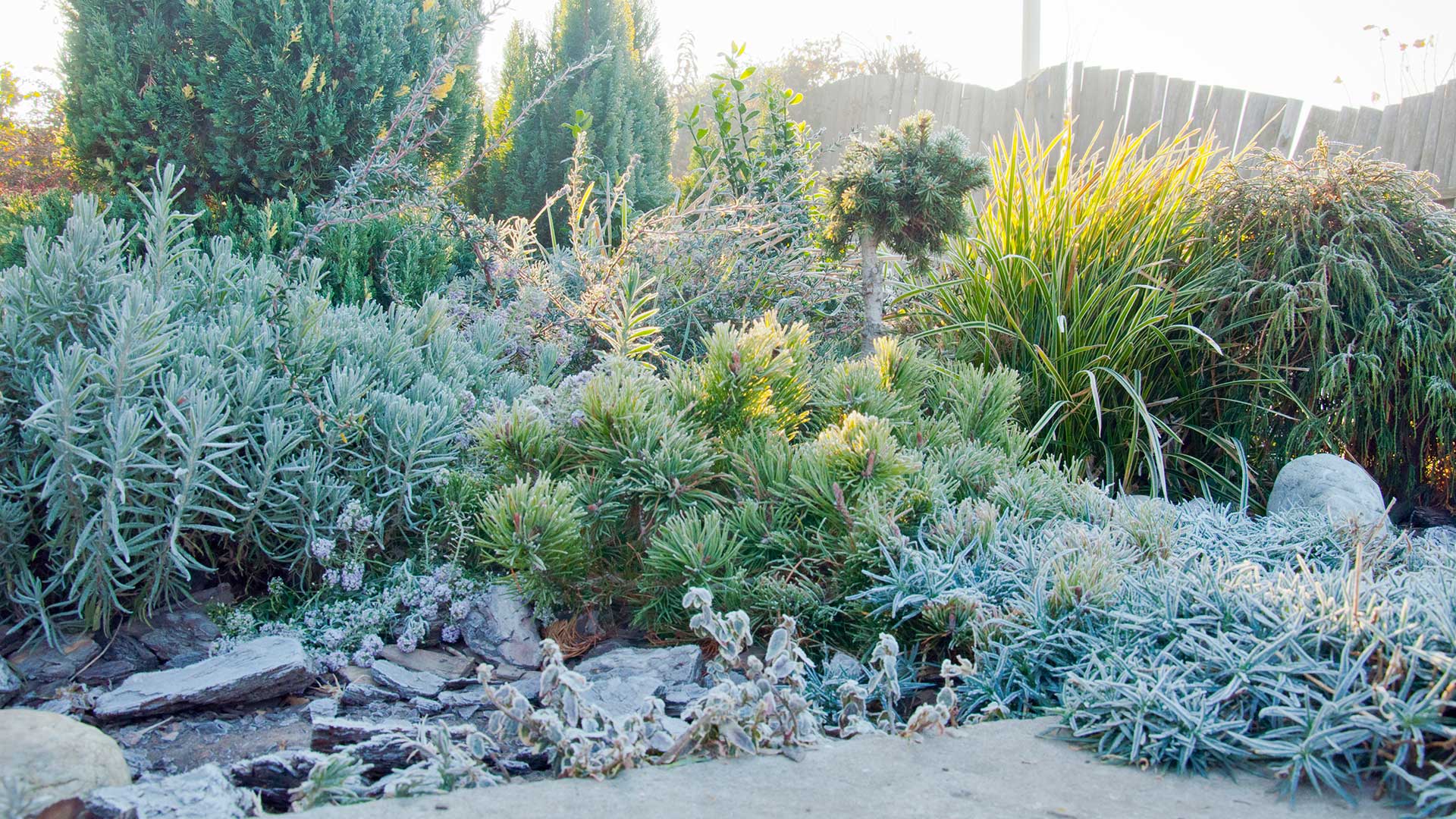
Many winter gardening mistakes are easy to make but can have dire consequences for your precious plants. So, while cracking on with your to-do list can seem tempting, you may want to think twice about certain tasks.
For instance, depending on the circumstances, winter pruning can do more harm than good. And it’s best to avoid walking on your lawn during these chillier months, let alone mowing it. On the other hand, winter gardening myths might prevent key jobs you won’t want to miss, such as protecting plants from frost.
Below, you’ll find plenty of advice from gardening pros on what not to do (and why). Whether you’re a seasoned gardener or a total beginner, some tips may come as a surprise.
6 winter gardening mistakes to avoid to keep your outdoor space at its best
Whatever garden trends you’re planning to try this year, be sure to avoid these seasonal errors.
1. Pruning hedges during cold temperatures
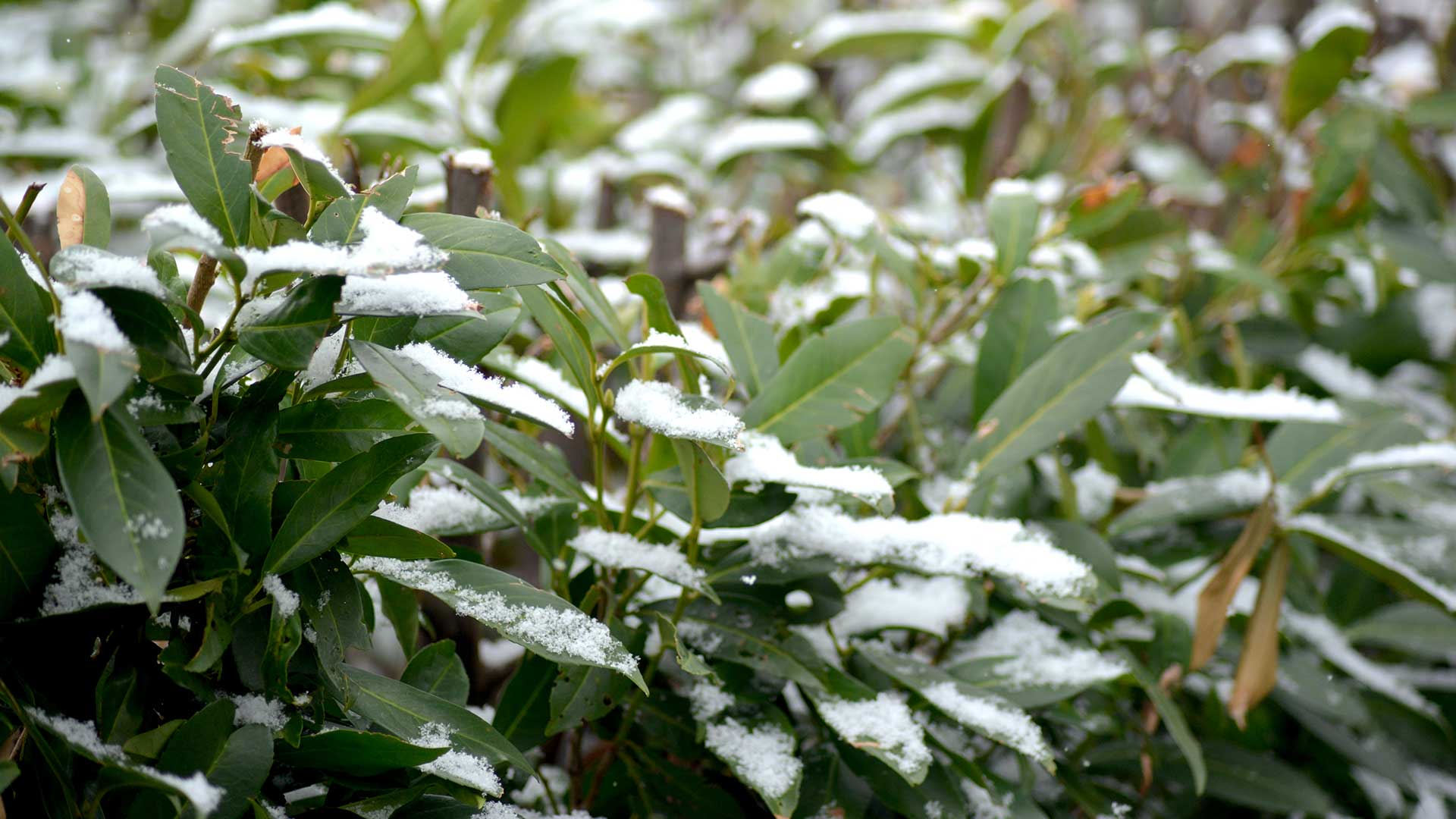
Is your garden hedge looking a little too wild for your liking? Before reaching for the shears to give your best privacy plants a trim, consider whether it’s warm enough to do so.
Paul Hicks of Stihl says, “Choosing the wrong time to trim your hedges during winter can lead to lasting damage which is easily avoidable – a good rule of thumb to follow is, if the temperature is regularly hitting -5°C, don’t tackle this particular gardening task. The frosty temperature will make thinner branches brittle and weak, and any cuts made will take longer to heal, meaning your hedges will be more prone to infections and diseases.”
According to Paul, the best conditions for hedge trimming is an overcast day which is neither too hot nor too cold. “Dependent on temperatures, for most hedging plants February is an ideal time to trim – they’ll then need just a light prune come summer.”
Top tip: Be careful not to cut back some flowering hedges too soon. For example, Emma Fell, head of horticulture at Hillier Garden Centre and Nurseries, says that forsythia benefits from patience. “Pruning in winter removes its flower buds, reducing its springtime impact. Wait until after its blossoms have faded to shape and rejuvenate this shrub.” You can find a list of more plants to avoid pruning in January in our dedicated guide.

These award-winning, lightweight, and telescopic shears are ideal for neatening up garden shrubs.
2. Cutting back herbaceous plants too early
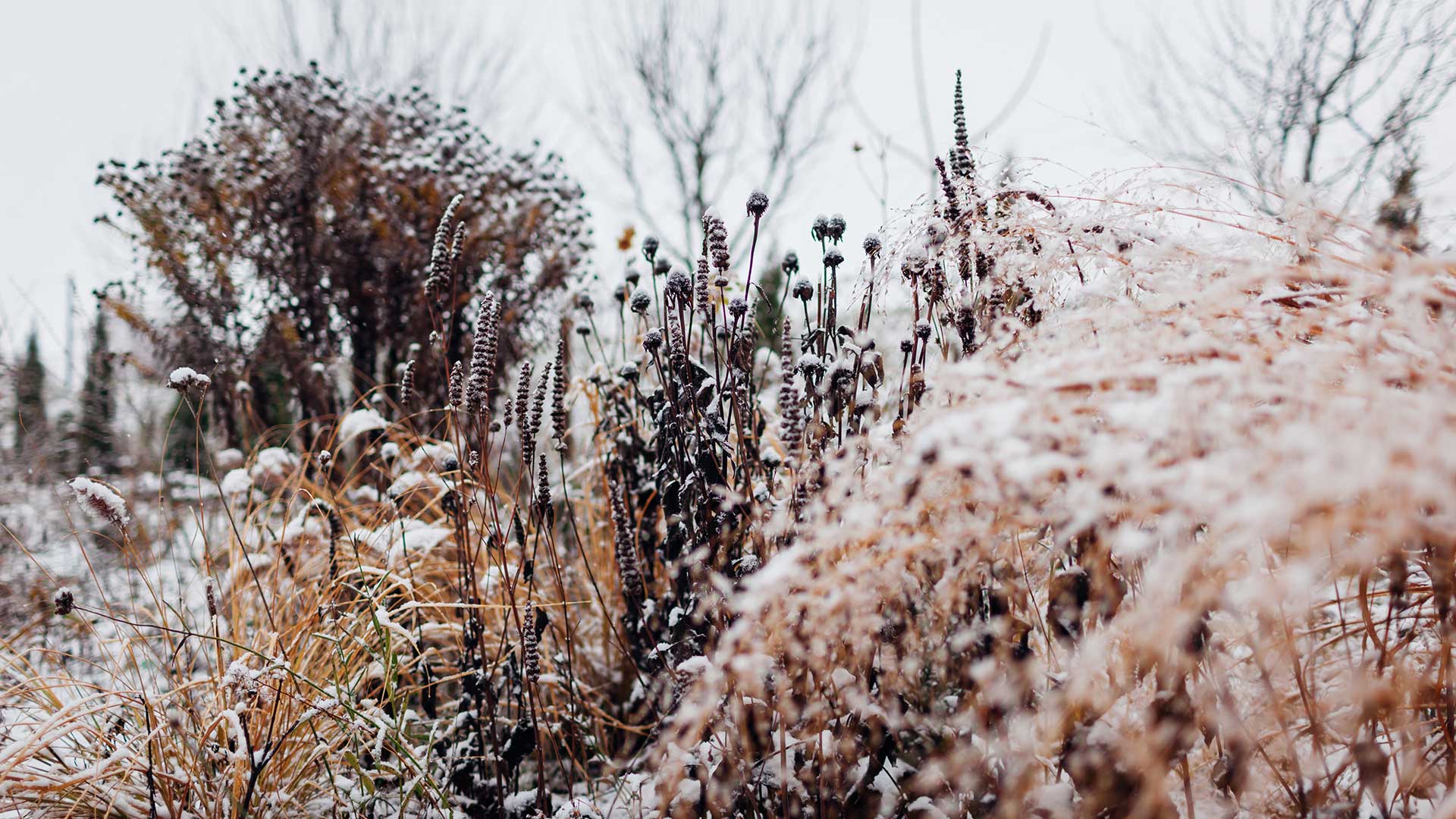
While you may feel inclined to cut back old growth from perennial borders, leaving it until spring can have its benefits.
As Monique Gudgeon, garden director at Sculpture by the Lakes says, “Don’t be too keen to cut back herbaceous plants. Many of the slightly more tender ones, like salvias, rely on that dead top growth to protect their roots. If you clear it all away, you expose roots to frost and potential damage, or even death. Just leave the dead stems as they are, they can look quite stunning when all frosted.”
What’s more, if you're a fan of the rewilding garden trend, note that leaving the plants over winter can benefit visiting creatures, too, as it can provide food and shelter.
3. Forgetting frost protection

Reilly Gray, the co-founder of Suns Lifestyle, highlights how this time of year brings a lot of frost and more often than not, people forget to protect against it.
“Failing to protect your most tender of plants and bulbs will mean losing them to frost damage," he warns, and suggests using horticultural fleeces or cloches to do so. Mulching flowerbeds before temperatures drop is also beneficial. Reilly recommends using organic matter, such as compost or well-rotted manure, to keep them in top shape for the growing season.
“If you have plants in pots, move them to sheltered areas where possible to help protect them, too," he adds.
Top tip: Other aspects of your garden may also need some frost protection. For instance, if you have a louvred pergola, Reilly suggests using a de-icer on the winding mechanism and roof louvres in the event of frost before opening. “Don’t force it, as this can cause the mechanism to break,” he adds.

This durable horticultural fleece from Blostm can be cut to size to protect pots, crops, and more.
4. Walking on a frosty lawn
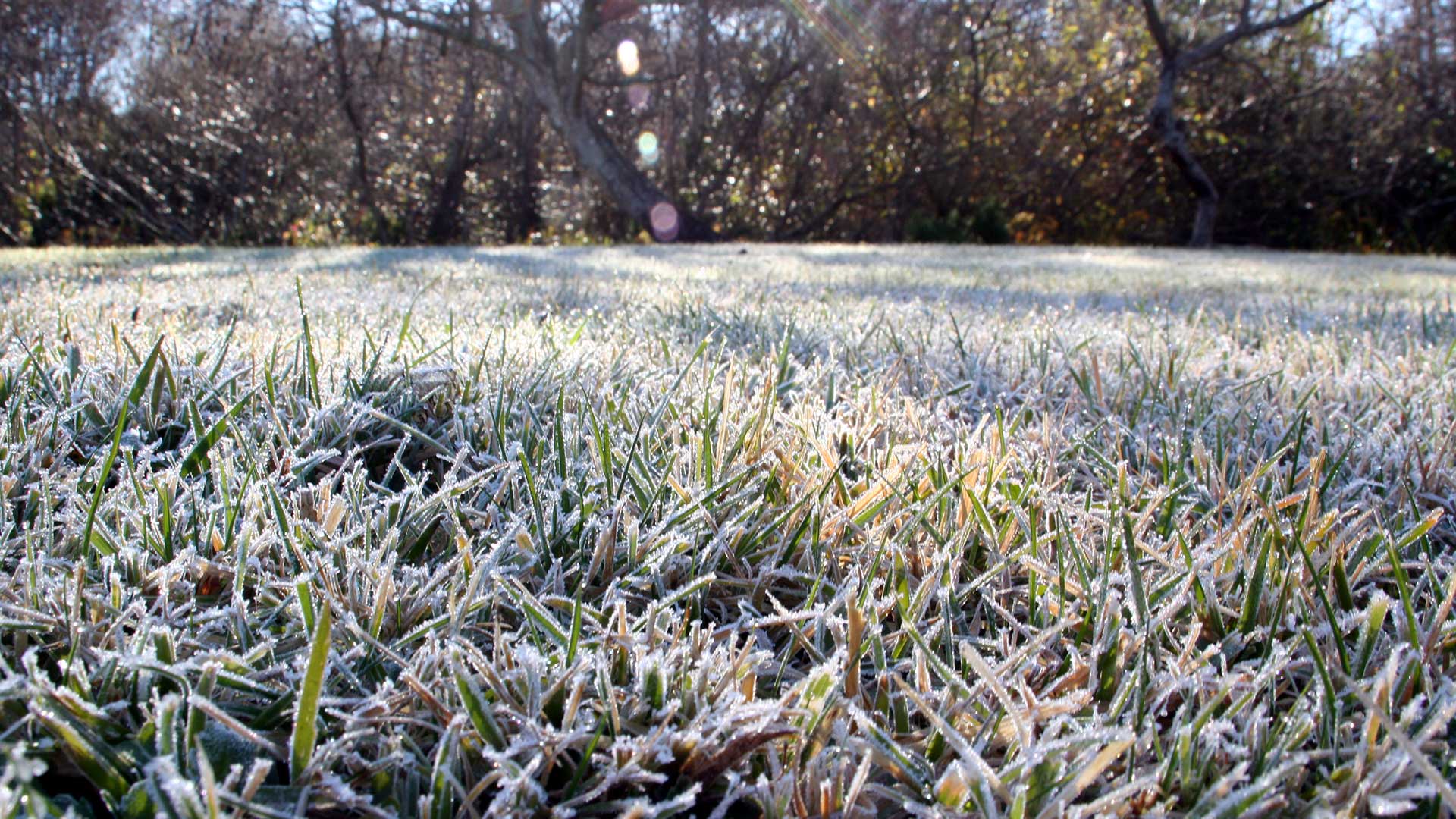
You may have heard not to cut grass when it’s wet or frosty, but did you know that even just walking on it in winter can cause damage?
According to Monique, walking on frosted lawns will crush the frozen grass and leave "burn" marks. “These marks won’t come out until new grass grows, once it warms up,” she warns. Paul also highlights lawns’ sensitivity to winter damage. "Grass is around 80% water, so when temperatures are freezing, the blades are likely to snap,” he says.
“If not walking on your lawn during winter isn’t feasible, you may want to consider adding stepping stones,” Paul adds. “This will help preserve your lawn while adding interest to your garden, too.”
Top tip: “If your lawn has suffered damage over the colder months, hold off on doing major turf repair work until the weather warms up,” says Alasdair Boyes, technical manager of GreenThumb. “Grass growth slows down during the winter and it’s best to wait for spring temperatures to arrive to give your turf the best chance of recovering.”
5. Planting into unsuitable soil
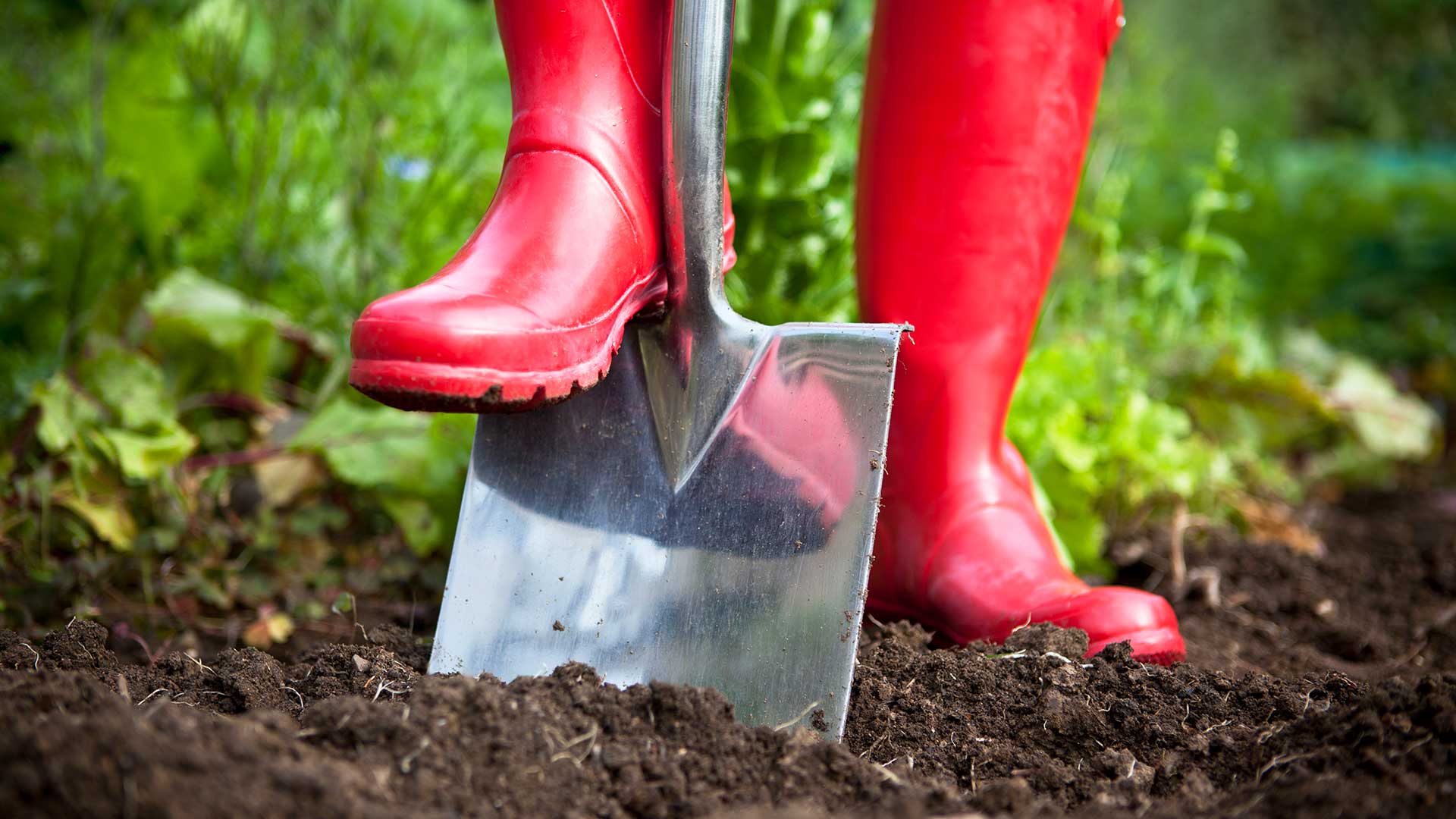
Adding some new plants to your garden can seem like a good way to lift the spirits during colder, greyer days. But, be sure to check soil conditions are right before planting straight into the ground.
As Monique points out, planting when the ground is frozen or waterlogged should be avoided. “Whether it’s a tree, shrub or perennial, they need good soil conditions to get established.”
If you’re still keen to get planting, there are many seeds you can sow in January under cover, which will give you a head start on the growing season ahead. You may also wish to plant up some containers with cheerful winter bedding plants to brighten a sheltered outdoor spot.
6. Pruning fruit trees at the wrong time
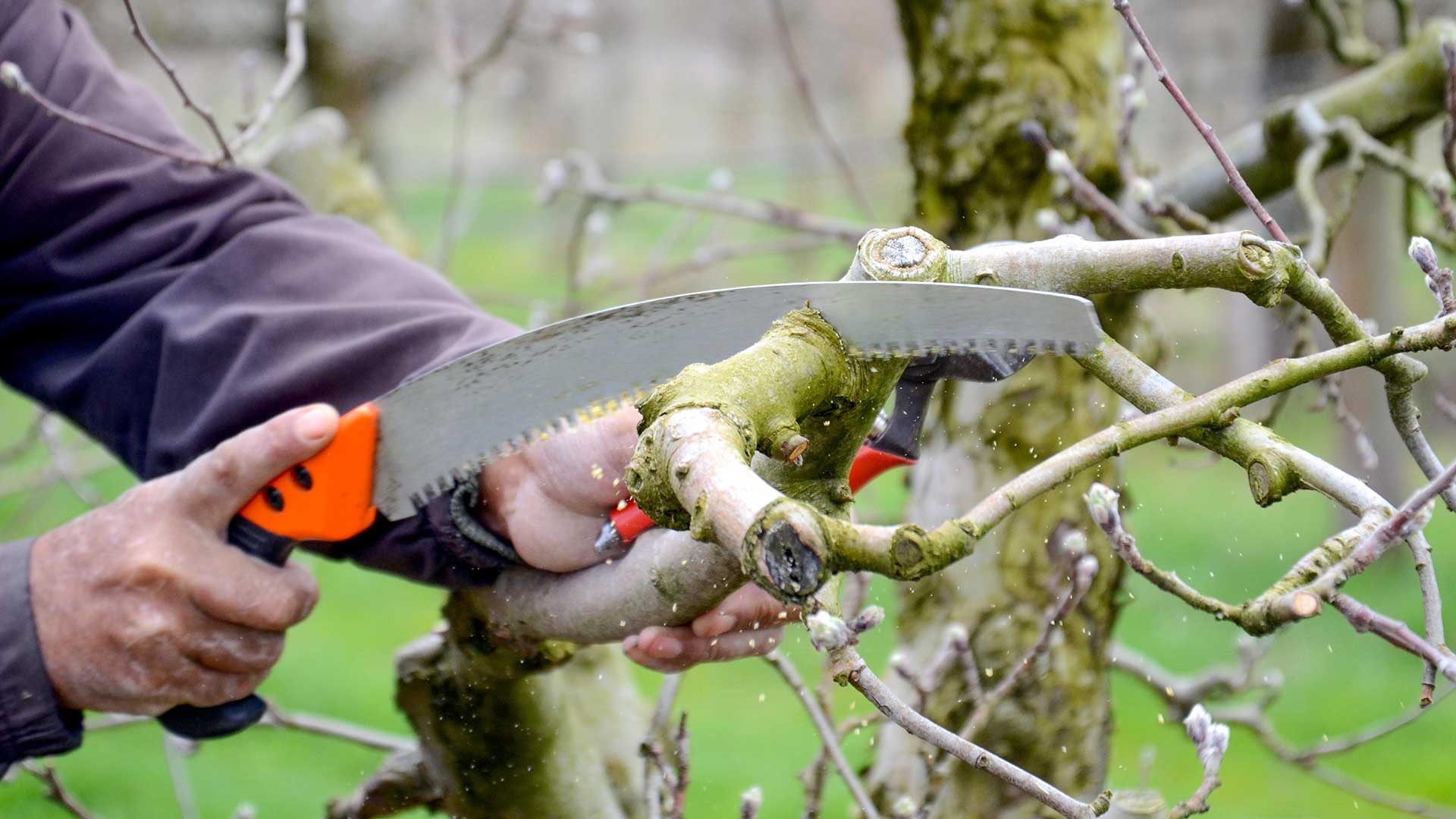
“You shouldn’t prune stone fruit trees like plums or cherries in winter,” says Monique, adding that only apple and pear trees benefit from pruning at this time of year. “Plum and cherry trees should be pruned in summer to avoid silver leaf fungal infections, which are rife in winter and can enter the tree via the cuts you make.”
“Whilst it’s best to prune fruit trees such as apple and pear in colder months when they are dormant to encourage growth, it’s important to get the timing right to avoid causing damage,” adds Paul. “Pruning during heavy frost or too early in the winter can leave them susceptible to diseases as they will take longer to heal from the cuts made, especially younger fruit trees.”
His gardening tip for pruning these trees is to hold off until late winter, before they start to bud. “It's important not to prune too much in one go either, so best to check for advice if you’re unsure on pruning practices.”
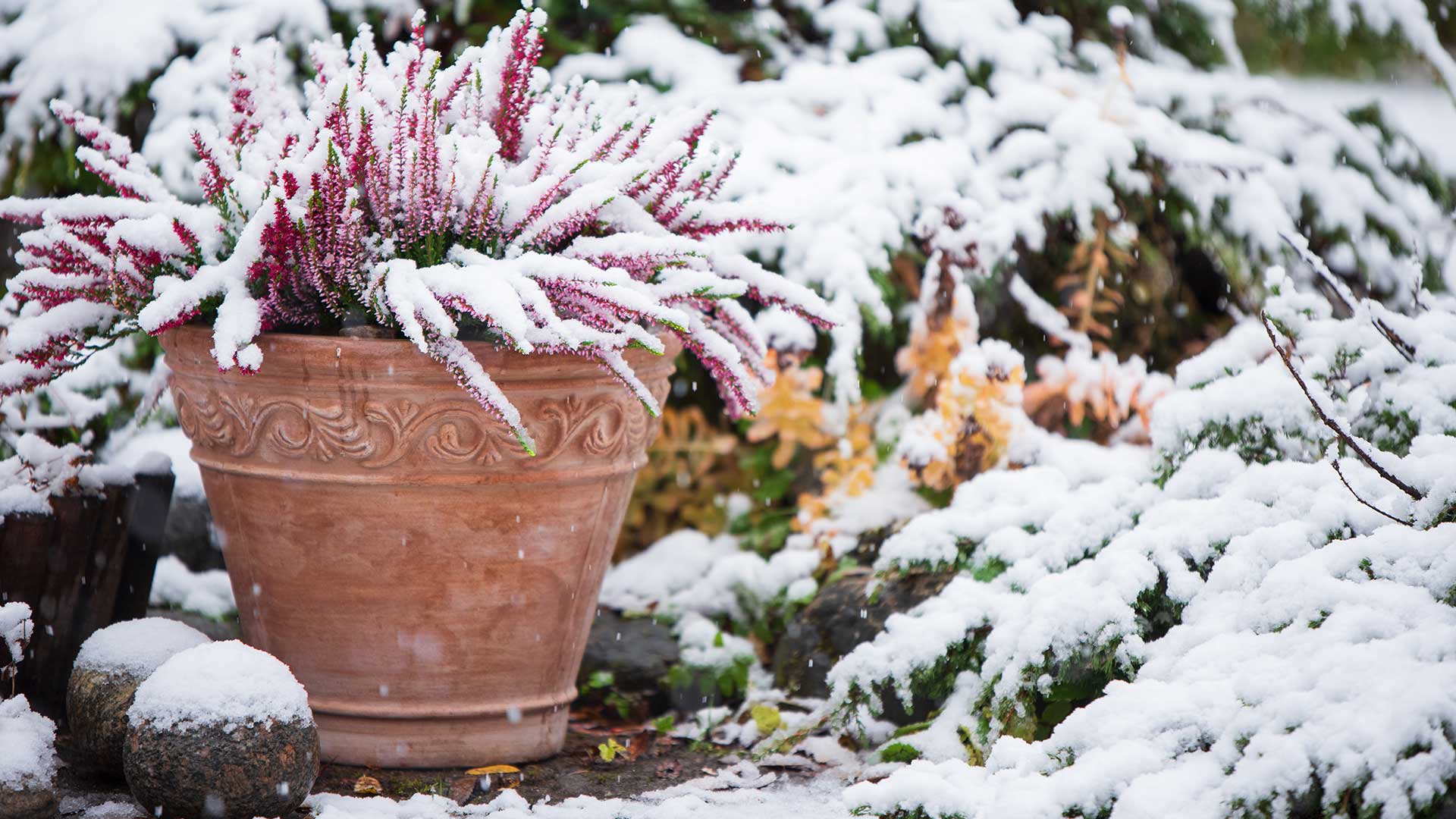
FAQs
What are some good gardening jobs to do in winter?
“Don't forget to feed the garden wildlife this winter," highlights Sean McMenemy, garden wildlife expert and founder of Ark Wildlife. "As temperatures plummet and natural food supplies dwindle, our feathered friends face tough challenges.
"Small birds can lose up to 10% of their body weight during freezing nights, making it essential to replenish their energy quickly in the morning to survive," he continues. "Providing high-energy, high-fat foods like suet, fat balls, and peanuts can make all the difference."
Reilly also recommends topping up water sources and considering leaving some areas of your garden undisturbed to help provide shelter for wildlife. In fact, these tips can help attract birds to your garden year-round.
This time of year is also perfect for harvesting winter vegetables, notes Chris Bonnett, the founder of GardeningExpress. And of course, it's a great window to plan how to sort the garden out in spring, and decide what to plant for the warmer months ahead.
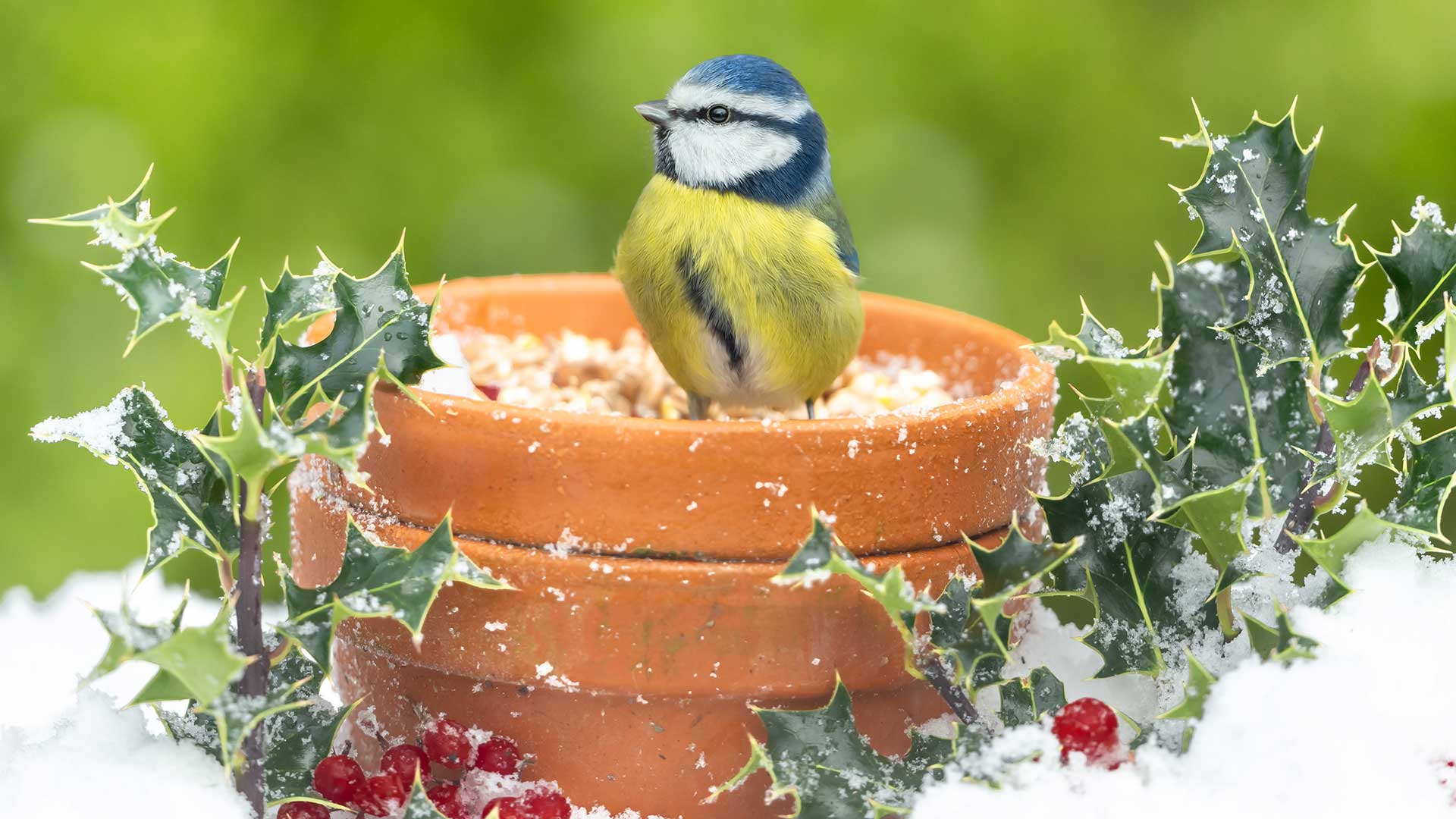
Do you need to water and feed plants in winter?
Knowing how to water garden plants is still important throughout the colder months. As Chris notes, while plant growth slows down during the winter and a lot of plants become dormant, this doesn’t mean they no longer need water.
"Their roots will still need moisture, especially during dry winters. Watering will vary depending on the plant, but as a general rule of thumb water when the soil feels dry to touch."
You can alternatively use a soil moisture meter, such as this one from Amazon, to check whether plants need a drink.
Chris also notes that while plants that go dormant over winter won't need feeding, those that are still growing may benefit from a slow-releasing fertiliser, which can gradually provide them with essential nutrients.
Looking for more garden advice for the colder months? Now you know which winter gardening mistakes to avoid, our list of what to plant in February is well worth a look.







